In the realm of gardening, few things offer the enduring allure and ease of care as perennial plants. By establishing a perennial garden, you can enjoy a landscape that evolves and flourishes year after year with minimal maintenance. Perennials, known for their longevity and resilience, offer a diverse array of colors, textures, and blooms that provide seasonal interest and aesthetic appeal throughout the year. In this comprehensive guide, we’ll delve into the art of establishing a perennial garden for low-maintenance landscaping, covering essential considerations for design and plant selection, practical tips for maintenance and care, and inspiring ideas for creating a perennial paradise that delights the senses and soothes the soul.
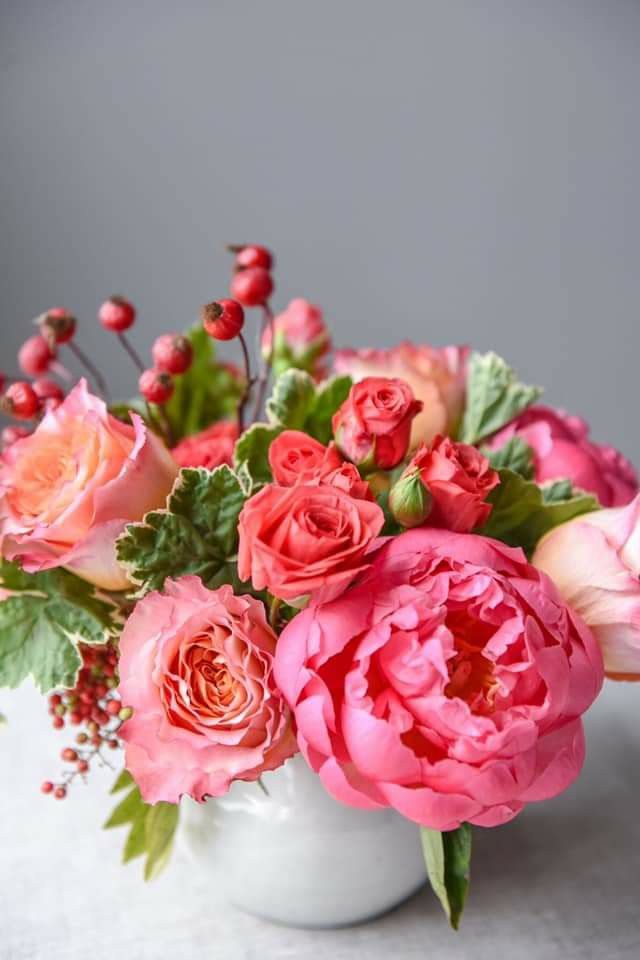
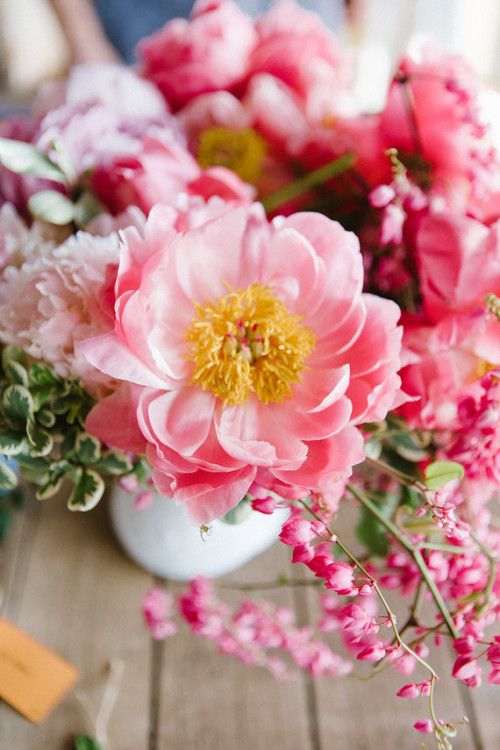
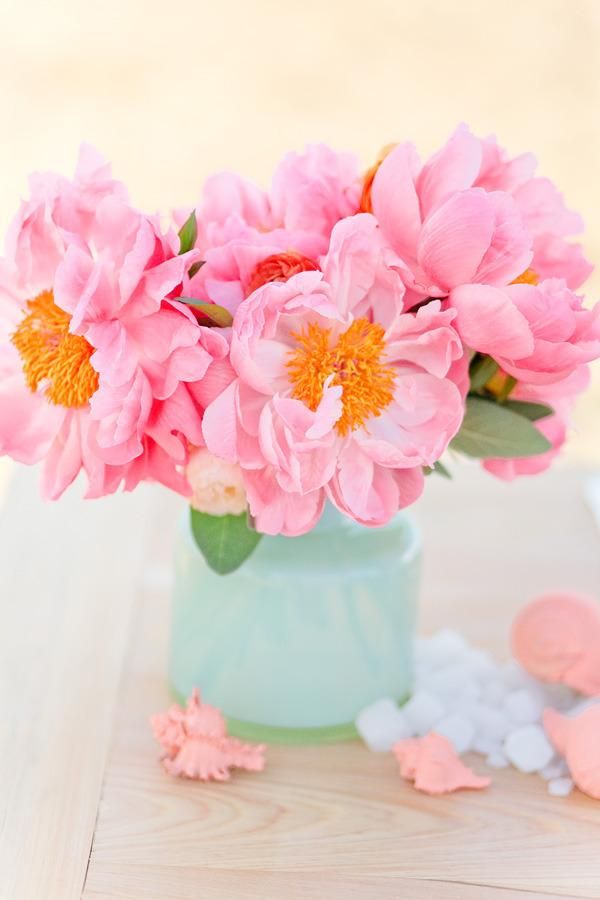
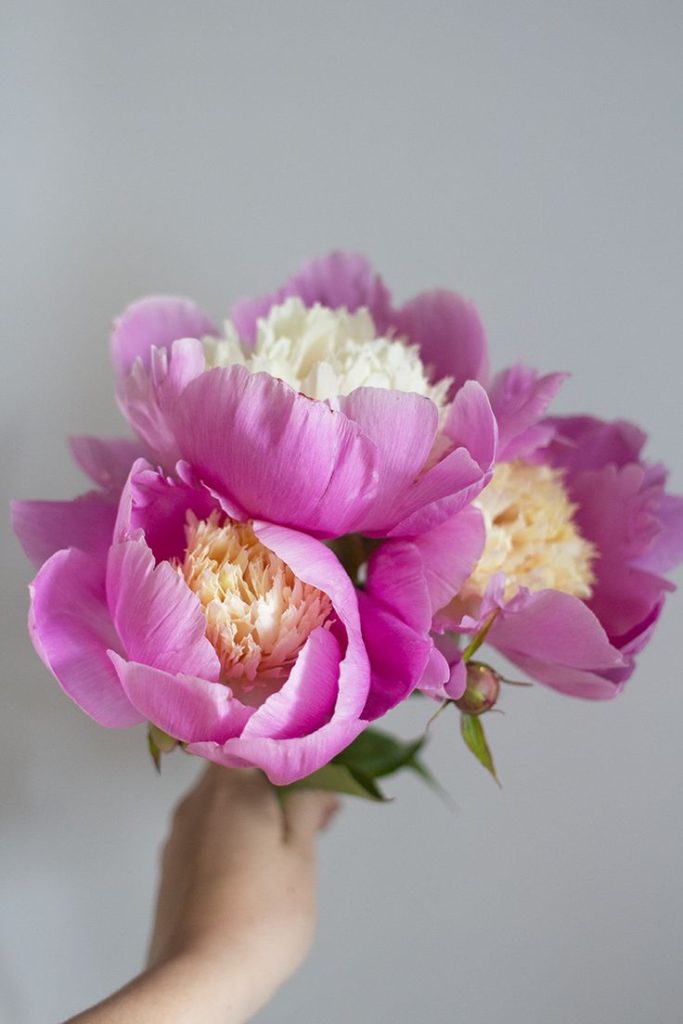
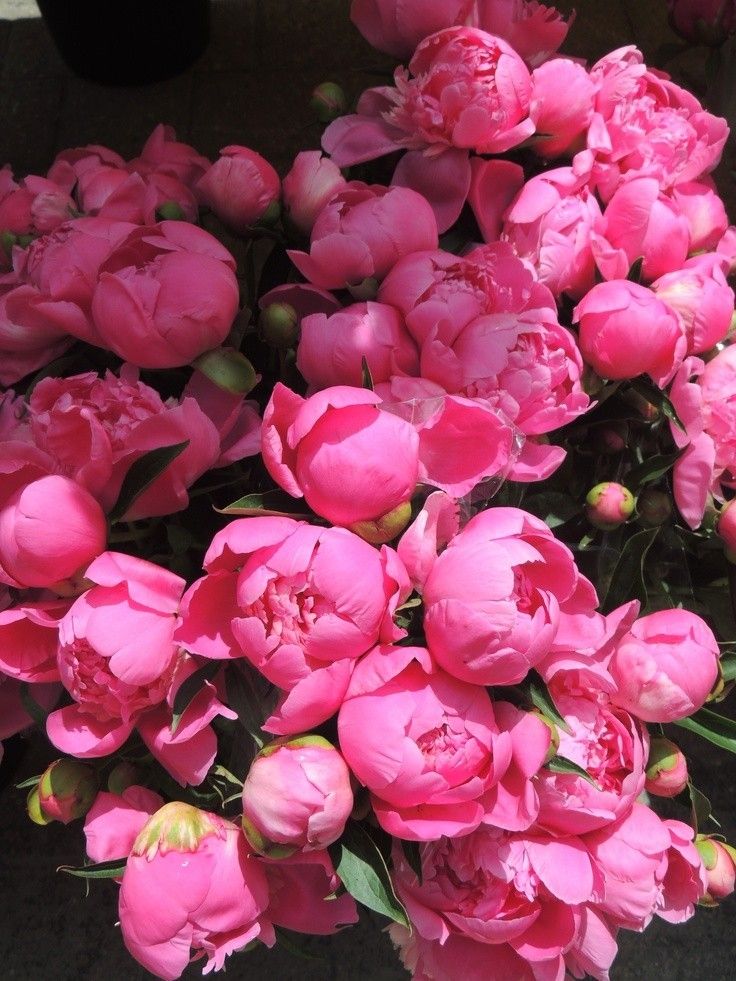
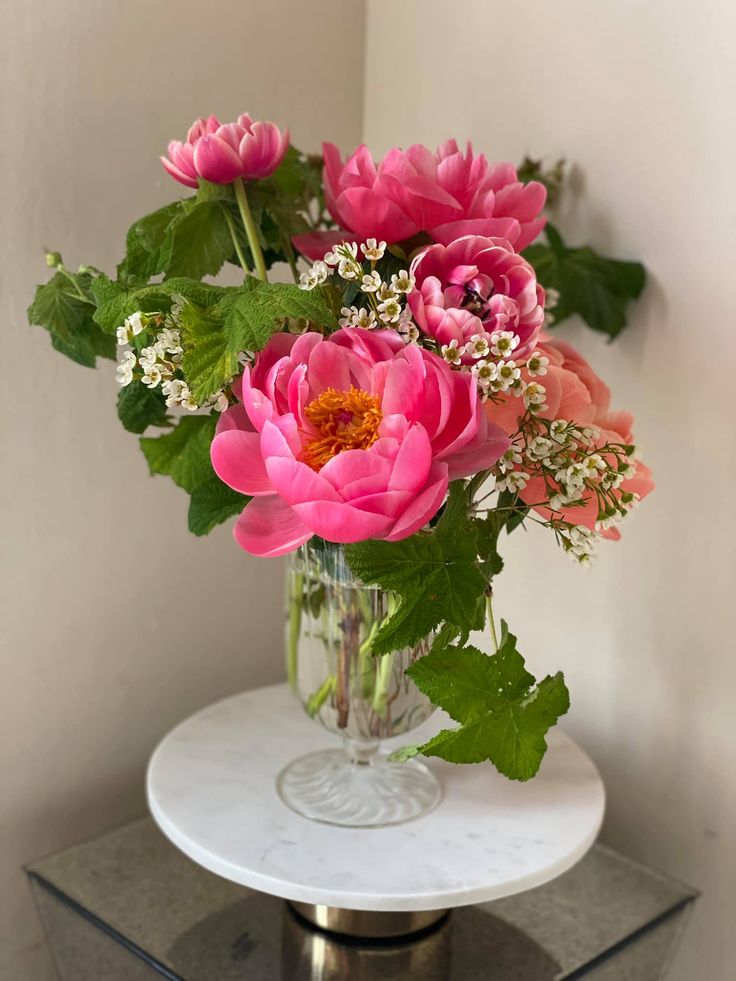
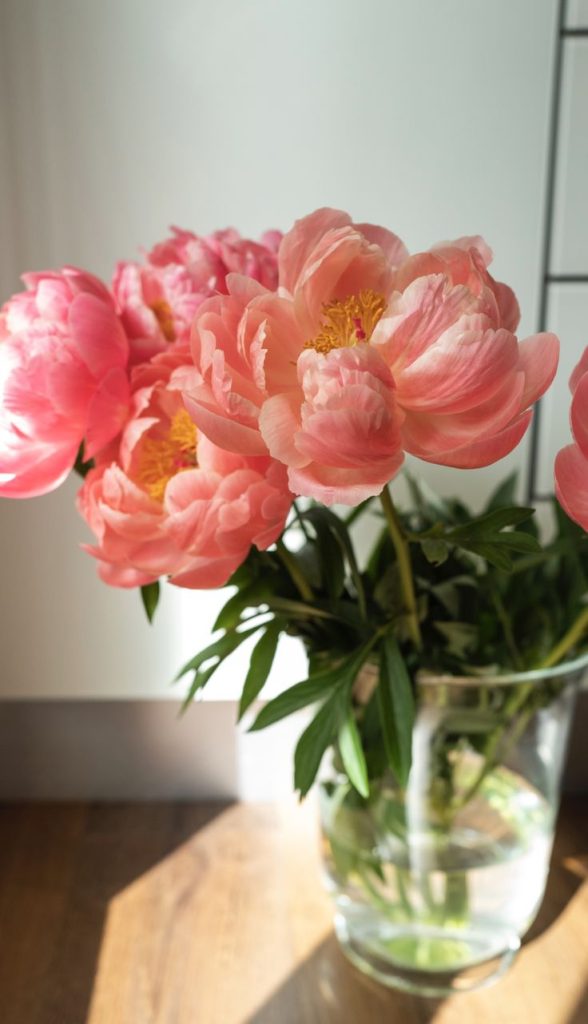
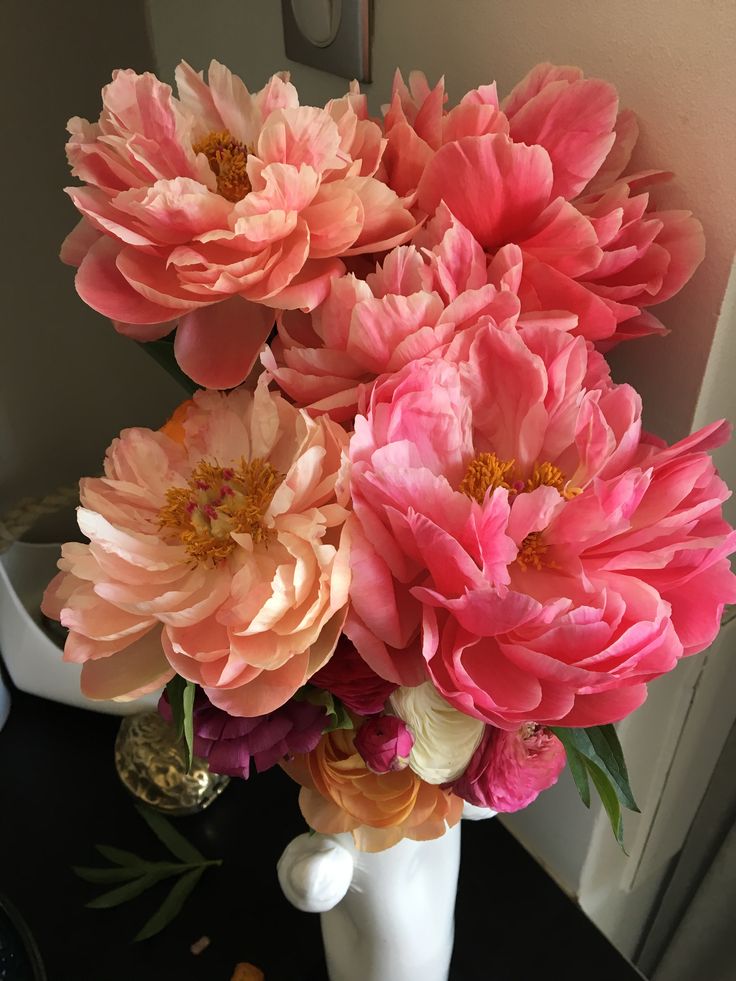
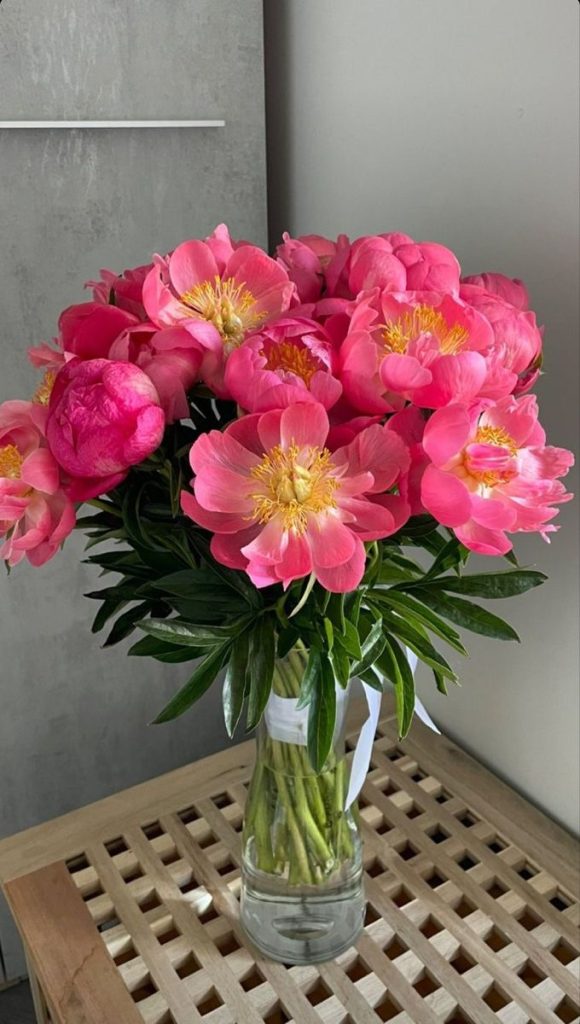
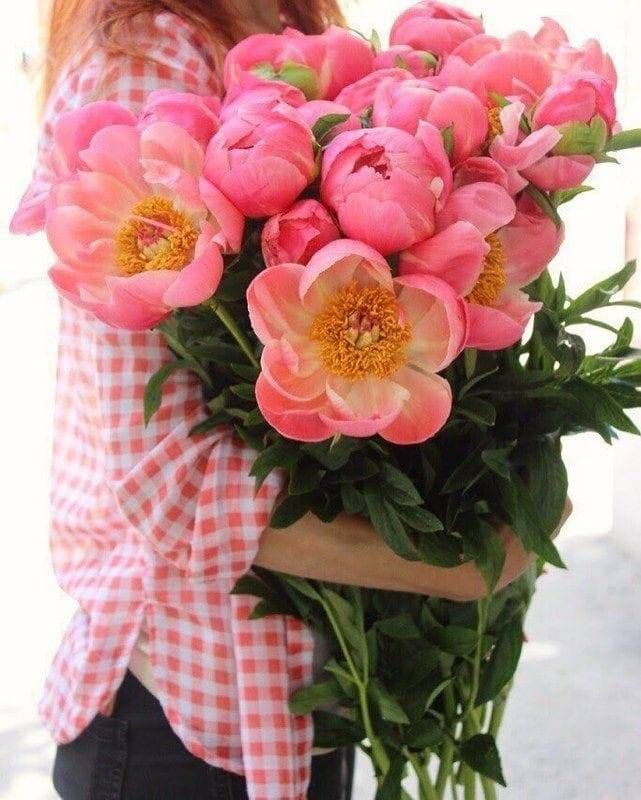

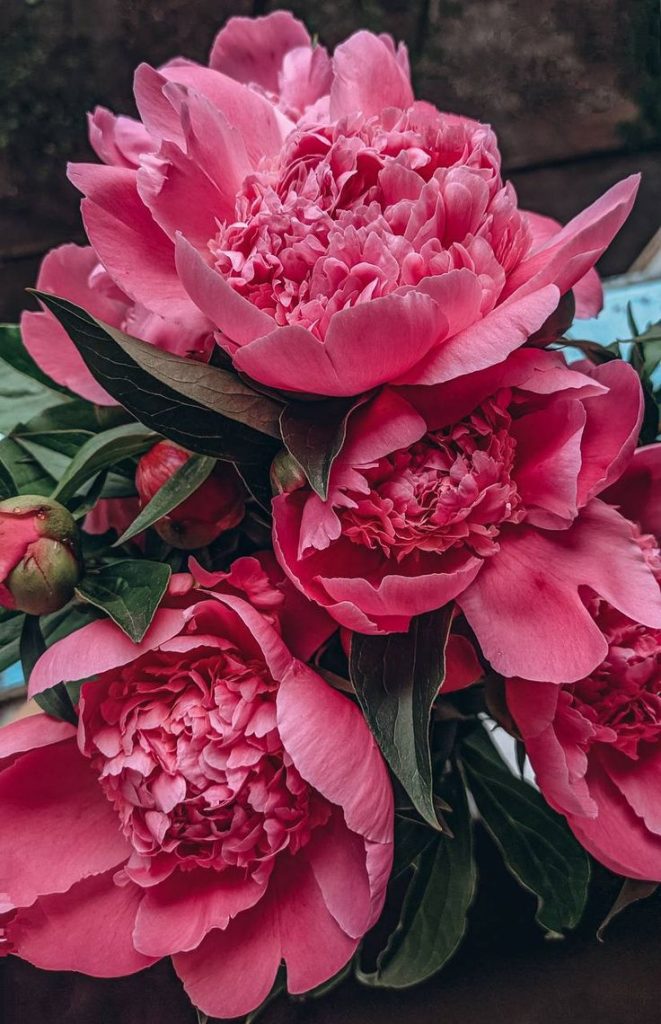
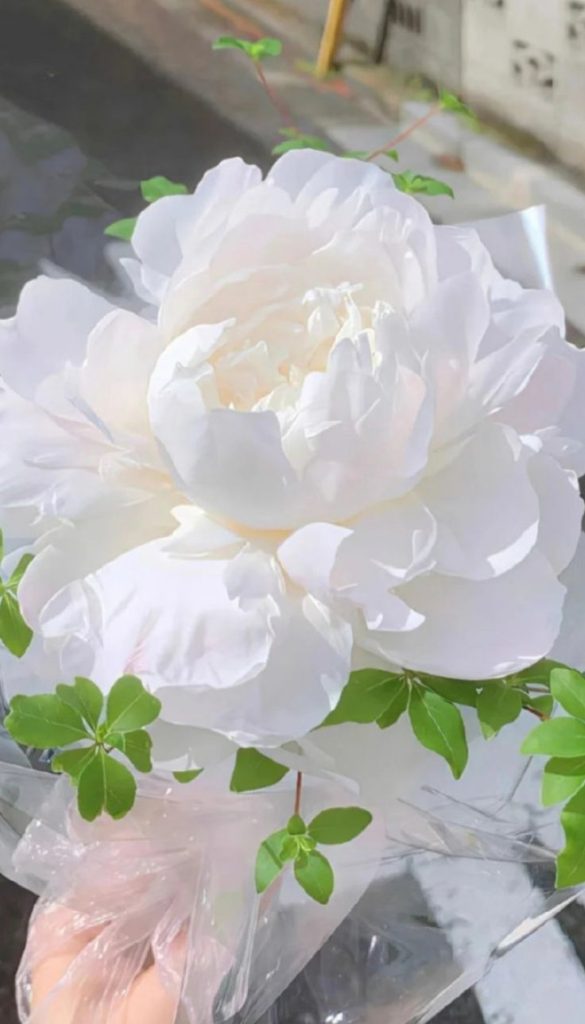
Embracing Perennial Gardening
Perennial plants, unlike annuals, return year after year, bringing beauty and vitality to the garden with minimal effort. Here are some key reasons to embrace perennial gardening:
- Longevity: Perennials have long lifespans, often lasting for several years or even decades with proper care, providing enduring beauty and value to the garden.
- Low Maintenance: Once established, perennial gardens require less maintenance than annual or biennial plantings, as perennials do not need to be replanted each year, saving time, effort, and resources.
- Seasonal Interest: Perennials offer a succession of blooms and foliage throughout the growing season, providing ever-changing colors, textures, and forms that enhance the beauty and diversity of the garden.
- Adaptability: Perennials are well-adapted to a wide range of climates, soil types, and growing conditions, making them suitable for various garden styles, from formal borders to naturalistic meadows.
- Wildlife Habitat: Perennial gardens attract pollinators, birds, and beneficial insects, creating a biodiverse ecosystem that supports wildlife and contributes to the ecological health of the landscape.
Essential Considerations for Design and Plant Selection
When establishing a perennial garden for low-maintenance landscaping, consider the following essential considerations:
- Site Assessment: Evaluate your site conditions, including sun exposure, soil type, drainage, and microclimates, to determine the most suitable plants for your garden and design accordingly.
- Design Principles: Plan your garden layout, considering factors such as scale, proportion, balance, rhythm, and focal points to create a harmonious and visually appealing landscape.
- Plant Selection: Choose a diverse mix of perennials with varying heights, forms, colors, and bloom times to provide year-round interest and seasonal succession of blooms. Select plants that are well-suited to your climate, soil conditions, and maintenance preferences for optimal performance and longevity.
- Planting Scheme: Arrange plants in groups or drifts according to their cultural requirements and aesthetic attributes, leaving ample space for growth and allowing for naturalistic drifts and associations.
Practical Tips for Maintenance and Care
To maintain a low-maintenance perennial garden, follow these practical tips:
- Watering: Water newly planted perennials regularly to establish root systems, then gradually reduce watering frequency as plants become established. Water deeply and infrequently to encourage deep root growth and drought tolerance.
- Mulching: Apply a layer of organic mulch such as wood chips, bark, or compost around plants to suppress weeds, retain soil moisture, and regulate soil temperature, reducing the need for watering and weed control.
- Fertilizing: Apply a balanced, slow-release fertilizer or compost annually in spring to provide essential nutrients for plant growth and flowering. Avoid over-fertilizing, as excessive nutrients can promote lush foliage at the expense of blooms.
- Deadheading: Remove spent flowers regularly to promote continuous blooming and prevent self-seeding, extending the flowering season and maintaining tidy plant appearance.
- Dividing: Divide overcrowded perennials every few years in early spring or fall to rejuvenate plants, improve vigor, and prevent overcrowding. Divide plants into smaller clumps and replant them in fresh soil, spacing them appropriately for optimal growth.
- Pest and Disease Control: Monitor plants regularly for signs of pest infestations or disease symptoms, and intervene promptly using integrated pest management (IPM) techniques such as hand-picking, pruning, or applying organic pesticides or beneficial insects as needed.
Conclusion
Establishing a perennial garden for low-maintenance landscaping is a rewarding and sustainable way to create a timeless landscape that brings joy and beauty year after year. By selecting a diverse mix of perennials, planning thoughtfully, and following practical maintenance tips, gardeners can create a vibrant and resilient garden that requires minimal care while providing endless enjoyment and inspiration. Whether you’re a seasoned gardener or a novice enthusiast, cultivating a perennial paradise offers an opportunity to connect with nature, foster biodiversity, and create a sanctuary of beauty and tranquility in your outdoor space.
FAQs (Frequently Asked Questions)
- What are some examples of low-maintenance perennial plants suitable for garden landscapes?
- Some examples of low-maintenance perennial plants suitable for garden landscapes include lavender, daylilies, black-eyed Susans, sedum, ornamental grasses, hostas, coneflowers, salvia, coreopsis, and yarrow, among others. These plants are known for their resilience, adaptability, and ease of care, making them ideal choices for low-maintenance gardening.
- How can I create a year-round garden with perennials?
- To create a year-round garden with perennials, select plants with varying bloom times, foliage colors, and seasonal interest to ensure continuous garden beauty throughout the year. Choose early spring bloomers such as daffodils and tulips, summer-flowering perennials such as coneflowers and phlox, fall-blooming plants such as asters and mums, and evergreen perennials such as hellebores and ornamental grasses to provide year-round structure and visual appeal. Additionally, incorporate plants with interesting foliage textures, shapes, and colors to add visual interest during the non-flowering seasons.